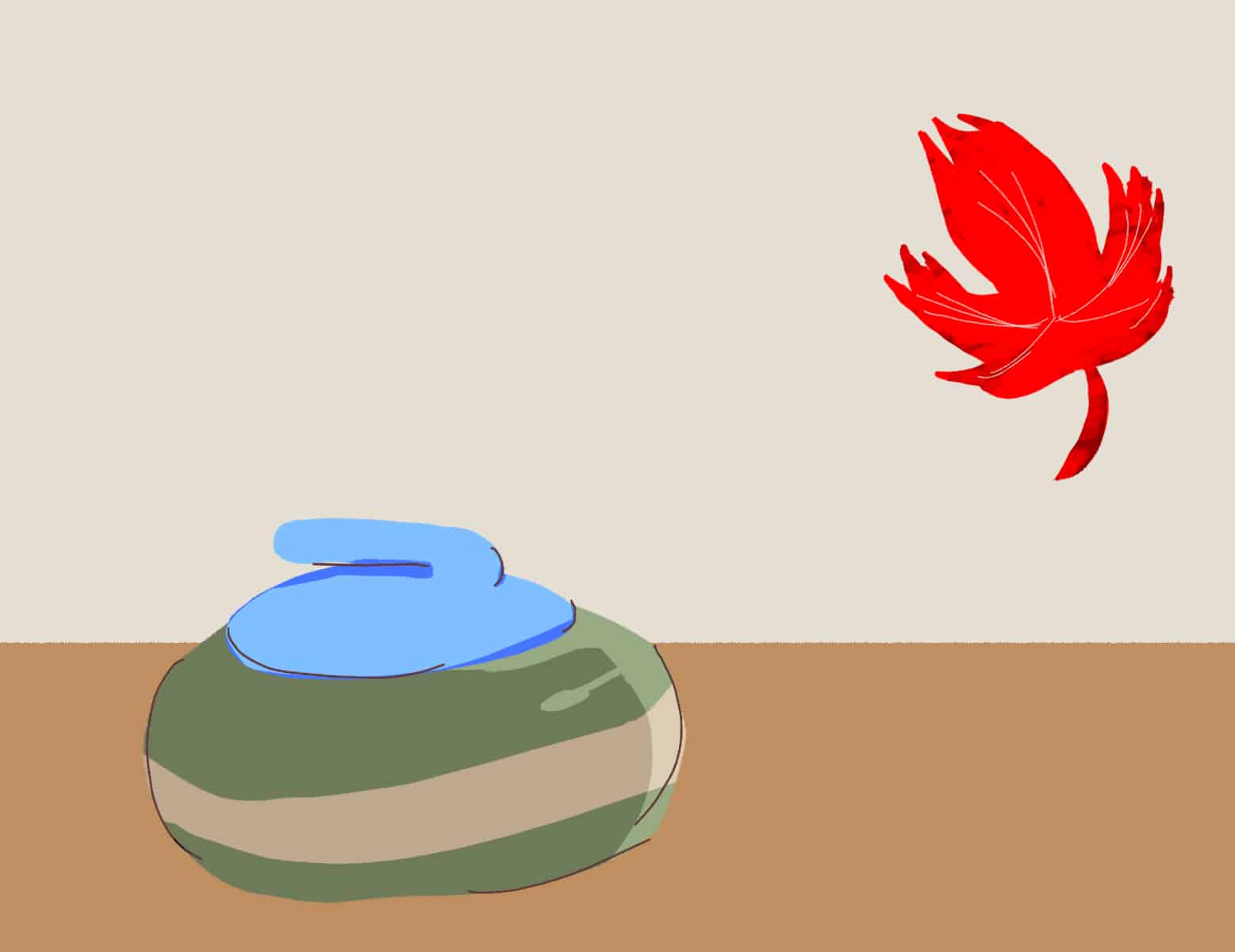Located just a stone’s throw away from the College de Montreal, in an old but well maintained building on the Boulevard de Maisonneuve Ouest, lies North America’s oldest sports club: The Royal Montreal Curling Club. Before the club’s building was erected in 1889 (and well before it received the “Royal” designation in 1924), the Montreal Curling Club comprised of a few dozen Scottish merchants who would gather on the frozen St. Lawrence River to launch stones across the icy surface, as early as 1807.
The formation of the Montreal club predated the sport’s governing body in Scotland in 1838, which may help to explain why many Canadians seem to claim the sport as part of their national history, despite the fact that it was likely invented in northern Europe.
Curling is a sport played on ice, in which teams of four compete to throw the greatest possible number of stones closer to the centre of a large, round target (the “rings”) than the other team.
The World Curling Federation claims that the sport is one of the oldest team sports in the world; the earliest written record of the game was made in Paisley, Scotland, in 1540. At that time, the federation says the sport was a pastime played on “frozen lochs and ponds” — presumably more of a social endeavour than a competitive one (no word as to whether or not Nessie was a fan).
Curling spread across the world with Scottish migration, but over time its popularity has grown disproportionately in Canada relative to other countries. Canada has won the men’s world championship 35 out of the 58 competitions that have taken place, and the 15 of 41 for the women. Dozens of distinct teams of four from all across the country are represented in those victories, demonstrating sustained and widespread commitment to the sport.
What accounts for curling’s popularity in Canada? Part of it is climate. It is easy to imagine how a sport like curling could spread quickly in Canada given its relatively long winters and ample watery surfaces across which to throw stones. The sport moved west throughout the nineteenth century; the first British Columbia curling club finally opened in Kaslo in 1895. Warmer climate countries like China and Korea are relatively recent competitive contenders in international curling; the former’s women landed a bronze medal at the Vancouver Olympic Games in 2010 for the first time.
Another factor in Canada’s curling achievement is saturation of facilities. Sweden, another top competitor, has one curling club for every 160,000 people. Canada has one for every 23,000 people — approximately 1,500 clubs total. Norway is better known for its eccentric curling pants. The last year Scotland beat Canada for a gold medal in the men’s curling world championships was 2009. Ironically, that competition was hosted in Moncton, New Brunswick.
Whatever the reason for the proliferation of curling throughout Canada, it is undeniable that the sport’s social culture jives with Canadian stereotypes of politeness and sportsmanship. The de facto rules of curling clubs dictate that opposing teams should sit and socialize with one another following each game, and that the winning team should buy the first round of drinks for the losing team.
Perhaps the quintessential example of the Canadian curling spirit is embodied by Rob Swan, a New Brunswick resident who aimed to play in every curling club in the province to raise funds for improved curling facilities in his home town. On the advice of a friend, and driven by the vibrant sense of community he experienced at the outset of his project, he broadened his goal. He now aims to play in all of Canada’s 1,500 clubs, including 100 this season alone.
Swan told CBC News that he hopes the attention his tour has gained will reinvigorate the sport’s popularity among youth, which he says has fallen off.
“Everywhere I go, it doesn’t matter what province, the sport has — I do believe — hit rock bottom,” he told CBC News. Pun probably intended.


